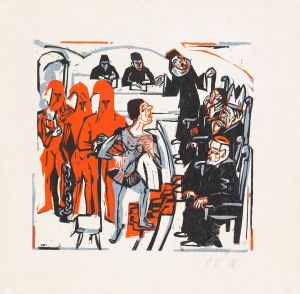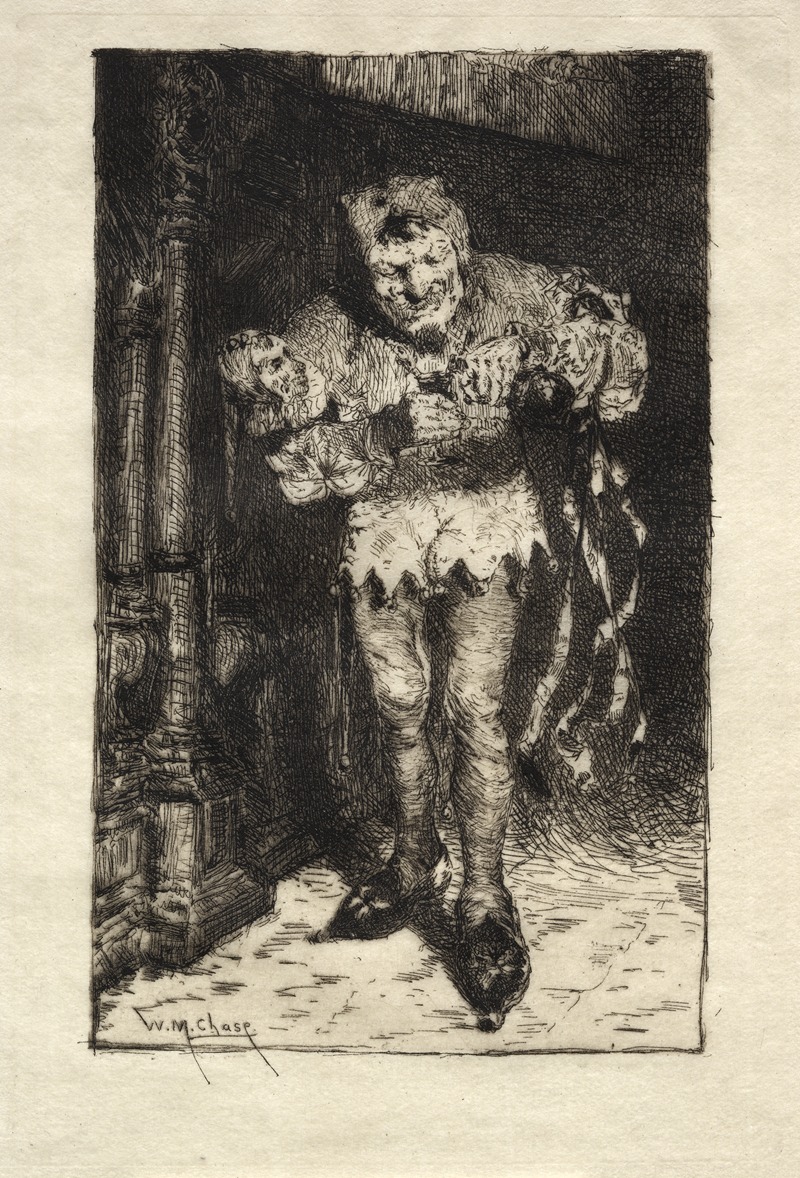
The Jester
A hand-painted replica of William Merritt Chase’s masterpiece The Jester, meticulously crafted by professional artists to capture the true essence of the original. Each piece is created with museum-quality canvas and rare mineral pigments, carefully painted by experienced artists with delicate brushstrokes and rich, layered colors to perfectly recreate the texture of the original artwork. Unlike machine-printed reproductions, this hand-painted version brings the painting to life, infused with the artist’s emotions and skill in every stroke. Whether for personal collection or home decoration, it instantly elevates the artistic atmosphere of any space.
William Merritt Chase was an influential American painter known for his contributions to American Impressionism and his role as a teacher. One of his notable works is "The Jester," a painting that exemplifies his skill in portraiture and his interest in capturing character and mood.
"The Jester" was painted in 1875, during a period when Chase was honing his skills and developing his unique style. This painting is a portrait of a man dressed in a jester's costume, complete with a traditional cap adorned with bells. The subject's expression is contemplative, offering a contrast to the typically jovial and mischievous persona associated with jesters. This juxtaposition invites viewers to consider the complexity of the character and the possible narratives behind his gaze.
Chase's use of color and light in "The Jester" demonstrates his mastery of these elements. The painting features a rich palette, with deep reds and golds that highlight the luxurious texture of the costume. The background is kept relatively simple, allowing the viewer to focus on the subject. Chase's brushwork is both precise and expressive, capturing the intricate details of the fabric and the subtle nuances of the subject's expression.
During the time "The Jester" was created, Chase was studying at the Royal Academy of Fine Arts in Munich, where he was influenced by the dark tonalities and realistic style of the Munich School. This influence is evident in the painting's dramatic use of chiaroscuro, which adds depth and dimension to the figure. The careful attention to detail and the emphasis on realism reflect Chase's academic training and his commitment to capturing the essence of his subjects.
"The Jester" is also significant as it reflects Chase's interest in theatrical subjects, a theme that recurs in several of his works. This interest may have been inspired by the cultural milieu of the time, as well as by Chase's own fascination with the interplay between identity and performance. By choosing to depict a jester, Chase explores themes of duality and the masks people wear, both literally and metaphorically.
William Merritt Chase's "The Jester" is housed in the collection of the Pennsylvania Academy of the Fine Arts, where it continues to be appreciated for its technical excellence and its intriguing subject matter. The painting is a testament to Chase's ability to blend traditional techniques with a modern sensibility, making it a valuable piece in the study of American art history.
In summary, "The Jester" by William Merritt Chase is a compelling portrait that showcases the artist's skill in rendering character and mood. Through his use of color, light, and composition, Chase creates a work that is both visually striking and thought-provoking, inviting viewers to engage with the complexities of the subject and the broader themes of identity and performance.





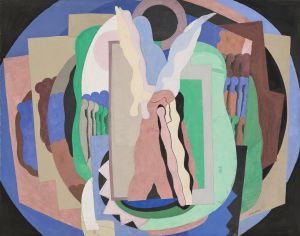
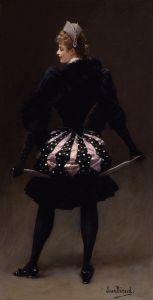

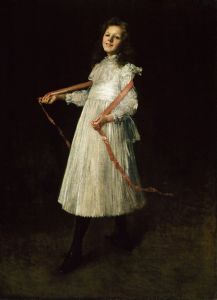

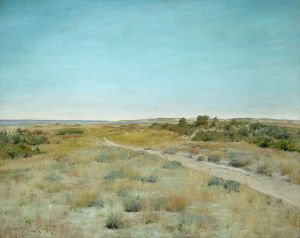
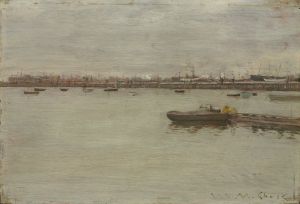
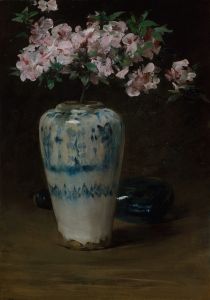
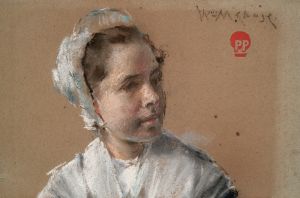
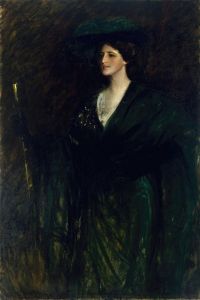

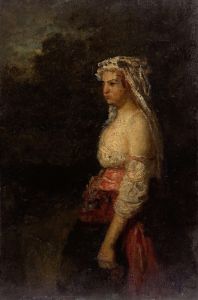
![[One from] Illustrations to Shakespeare 40](/imgs/258200/s/robert-smirke-one-from-illustrations-to-shakespeare-40-4c670d17.jpg)
